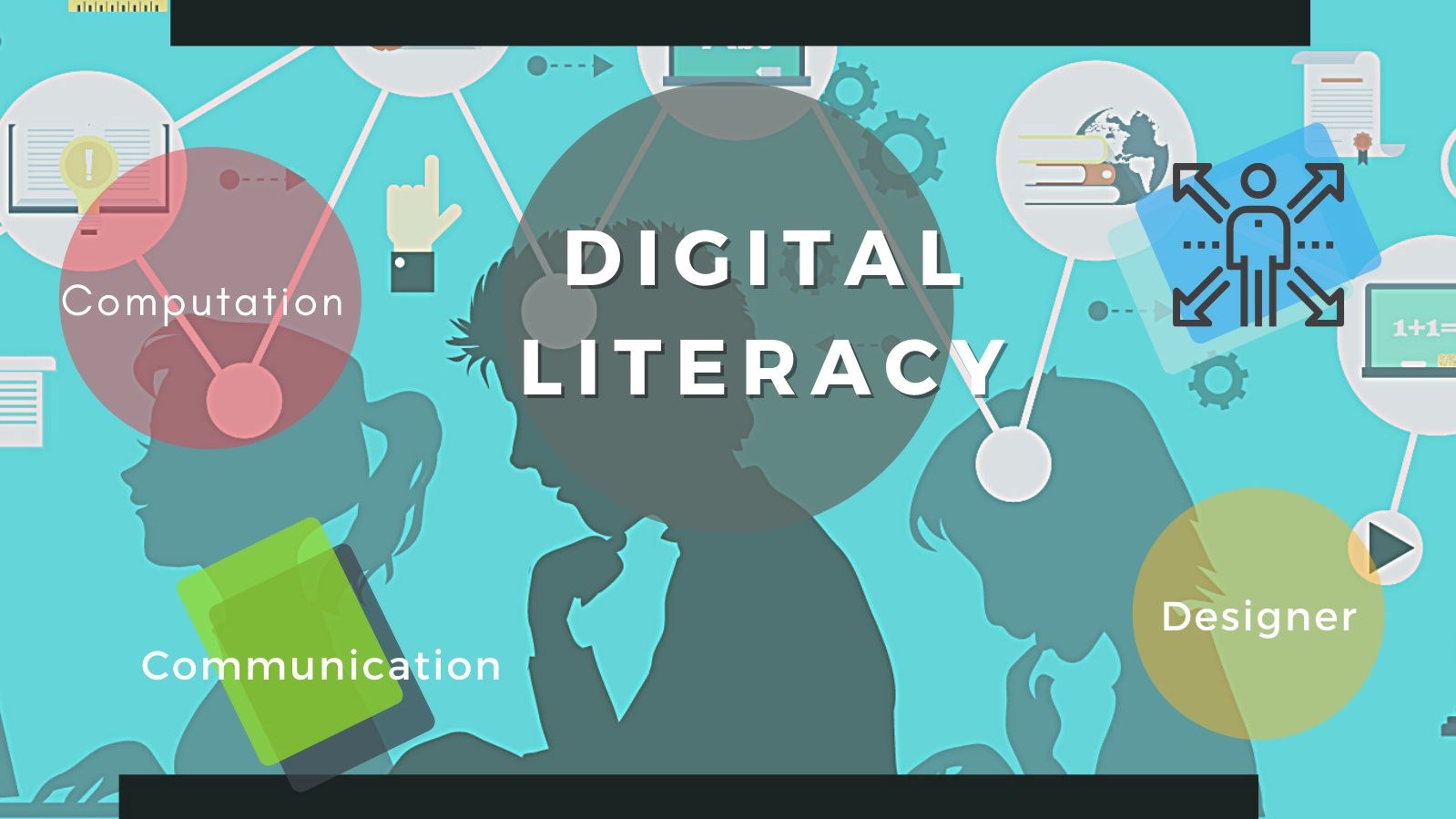Digital literacy is using digital platforms to communicate, discuss, analyze and evaluate information that is being presented. Coding is an excellent example of digital literacy as it allows students to think critically, problem solve, work cooperatively with teammates and learn perseverance through challenging codes.
There is online coding and there is coding unplugged which consists of learning coding without the use of technology. There are many activities for younger students to engage in without using digital means. For example, the activity we did in class with colorful construction paper and making a sandwich is something that can be catered to younger primary grades.
Another activity was creating your own codes and signs. Afterwards, you would try to read your partners codes and attempt the code using the signs. This activity would be great for primary and intermediate grades as older students could make their signs more advanced with creativity. For primary grades, they would be given an example of signs that they could follow. These activities allow students to understand how to create designs using concepts around them.
Learning digital literacy is an important life skill as most 21st century jobs require some sort of digital framework. I think it is important for us to teach our students about the variety of digital networks and how to collaborate and communicate respectfully and proficiently digitally. Students can dig into their creative and artistic abilities to create meaningful digital projects after learning how to use WordPress, other blog websites and photography apps such as Instagram.
I think it is also important to teach students about the safety around digital literacy. Especially in a society that is consumed by technology; children can become distracted by all the exciting things that it offers. However, there can be digital risks that students encounter for example, scams, luring and getting hacked into personal accounts. There is a risk of private data being taken. I would like to educate my future students on the risks of the digital networks. I think engaging in conversations about how to upload content safely on websites is important as well as what information to share and what information to not share.
When I was working as a Behavior Interventionist with autistic students, I engaged in social thinking lessons on digital literacy and safety. I used resources from a website called CommonSense.Org. There was a lot of content on there that sparked some good conversations about using digital technology safely. Cybersafe is another website that has some good content to reference for digital literacy. There is a variety of information on cyberbullying and social media statistics. The Teach Hub is another great resource as it explains digital literacy.
https://www.cybersafebc.ca/resources
https://www.commonsense.org/education/articles/23-great-lesson-plans-for-internet-safety





